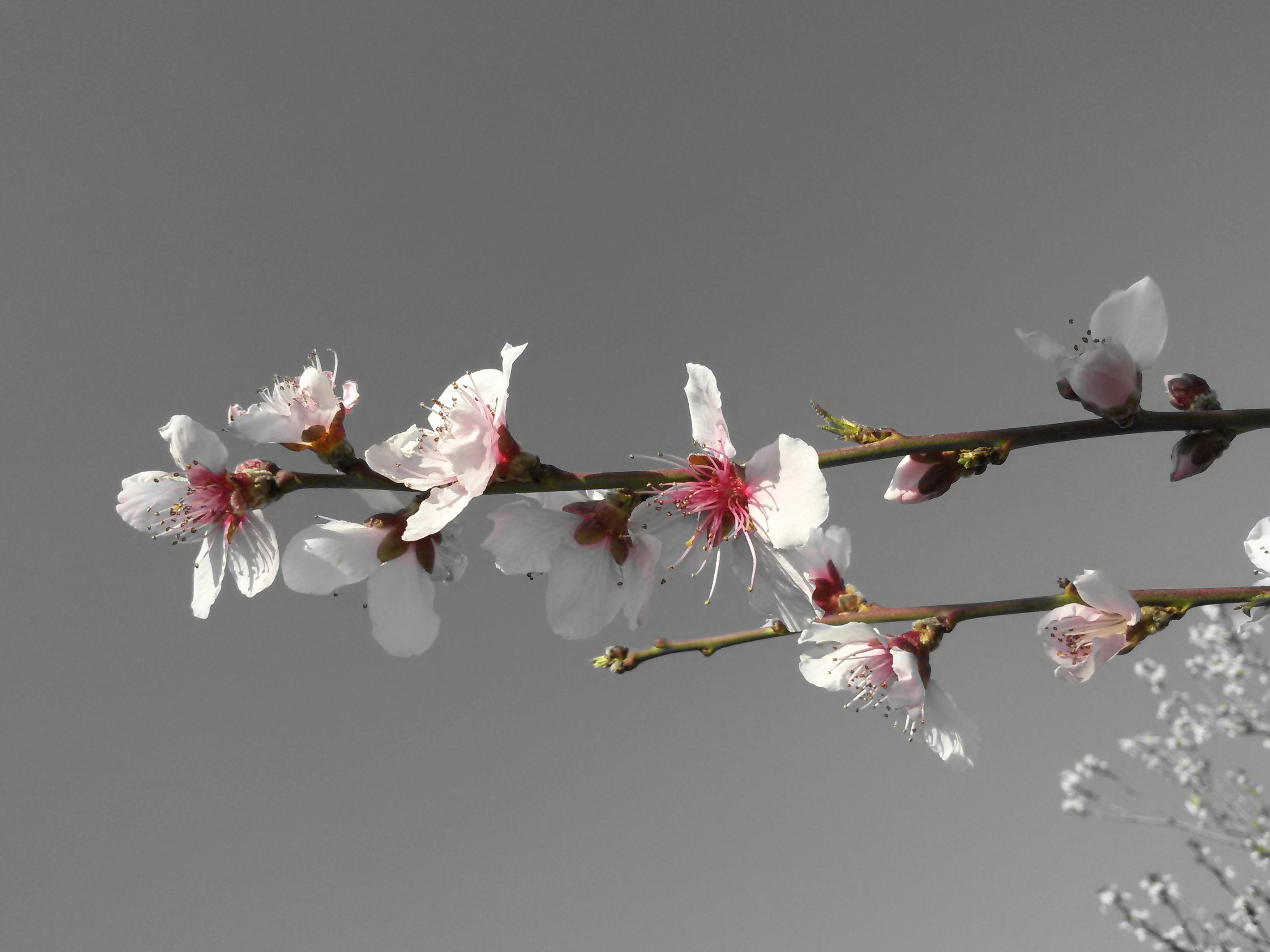Garden Maintenance
garden is a rewarding but demanding task that requires attention to detail, consistency, and an understanding of horticultural principles. Effective garden maintenance ensures that your garden remains healthy throughout the year. Here's a comprehensive guide to keeping your garden in top shape.

Soil Health
The foundation of any thriving garden is healthy soil. Regularly test your soil to determine its pH and nutrient levels. Amend your soil with organic matter such as compost or well-rotted manure to improve its structure and fertility. Mulching can also help retain moisture, suppress weeds, and gradually enrich the soil as it decomposes. Additionally, avoid compacting the soil by walking on it or using heavy equipment, which can impede root growth and reduce aeration.
Watering
Proper watering is crucial for plant health. The frequency and amount of water depend on the plant species, soil type, and weather conditions. Generally, it's better to water deeply and less frequently to encourage deep root growth rather than shallow, frequent watering. Early morning is the best time to water as it reduces evaporation and allows plants to dry before evening, minimizing the risk of fungal diseases. Use methods like drip irrigation or soaker hoses to deliver water directly to the plant roots, which conserves water and reduces weed growth .
Weeding
Weeds compete with your plants for nutrients, water, and light, so regular weeding is essential. Hand-pulling weeds or using a hoe can be effective for small gardens. For larger areas, consider using mulch or ground covers to suppress weed growth. It's best to remove weeds before they go to seed to prevent them from spreading. Pay attention to perennial weeds, which may require more persistent management and possibly the removal of their root systems.
Pruning and Deadheading
Pruning helps maintain the shape and health of plants by removing dead or diseased branches and encouraging new growth. It also improves air circulation and light penetration, reducing the risk of fungal infections. Different plants require different pruning techniques, so familiarize yourself with the specific needs of each species. Deadheading, or removing spent flowers, encourages many plants to produce more blooms and can extend the flowering period. It also helps prevent self-seeding, which can sometimes lead to overcrowded gardens.

Fertilization
Plants need a balanced supply of nutrients to grow well. Fertilizers provide essential nutrients such as nitrogen, phosphorus, and potassium. Organic options like compost, fish emulsion, and bone meal are beneficial and often improve soil health over time. Synthetic fertilizers can also be used but should be applied according to the manufacturer's instructions to avoid over-fertilizing, which can harm plants and leach into water systems. Regularly monitor plant health and adjust fertilization practices based on plant performance and soil test results.
Pest and Disease Management
Monitoring for pests and diseases is crucial for preventing damage. Inspect plants regularly for signs of trouble such as discolored leaves, spots, or unusual growth patterns. Integrated Pest Management (IPM) combines cultural, biological, and chemical methods to manage pests and diseases. This includes practices like encouraging beneficial insects, using disease-resistant plant varieties, and applying organic pesticides when necessary. Proper garden hygiene, such as removing diseased plant material and sanitizing tools, also helps prevent the spread of issues.
Seasonal Tasks
Different seasons require specific maintenance tasks. In spring, focus on cleaning up debris, pruning, and planting. Summer is a time for monitoring growth, watering, and weeding. Fall involves preparing your garden for winter, which may include mulching, planting cover crops , and cleaning up fallen leaves. Winter is a good time for planning and reviewing your garden's performance over the past year, as well as performing any necessary repairs on garden tools and structures.
Lawn Care
If your garden includes a lawn, regular maintenance is also required. This includes mowing, fertilizing, and aerating. Mow your lawn to the recommended height for your grass type, and avoid cutting more than one-third of the grass height at a time to reduce stress on the plants. Fertilize based on the grass type and the time of year, typically in the spring and fall. Aerating the soil helps alleviate compaction and improves water and nutrient uptake. Regularly inspect your lawn for signs of disease or pest problems and address them promptly.
Garden Tools and Equipment
Keeping your garden tools and equipment in good condition is essential for efficient maintenance. Regularly clean and sharpen tools stored, and ensure they are properly to prevent rust and damage. Inspect and repair any equipment as needed. Using well-maintained tools not only makes your gardening tasks easier but also helps prevent injury and ensures better results.
Record Keeping
Maintaining a garden journal can be invaluable. Record planting dates, growth patterns, pest occurrences, and weather conditions. This information helps track what works and what doesn't, allowing you to make informed decisions for future gardening seasons.


